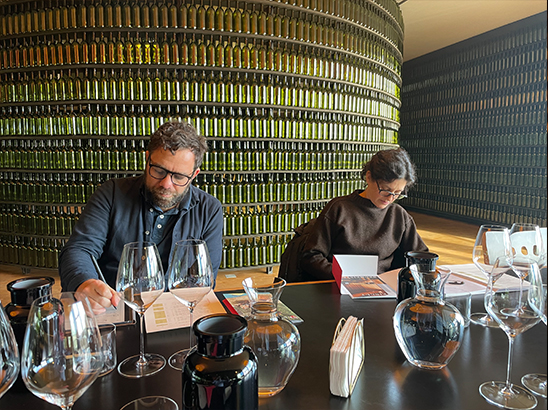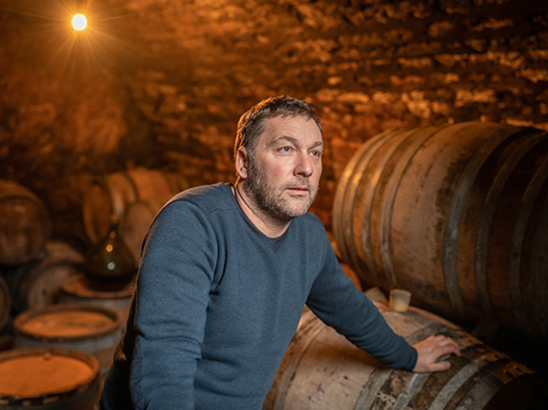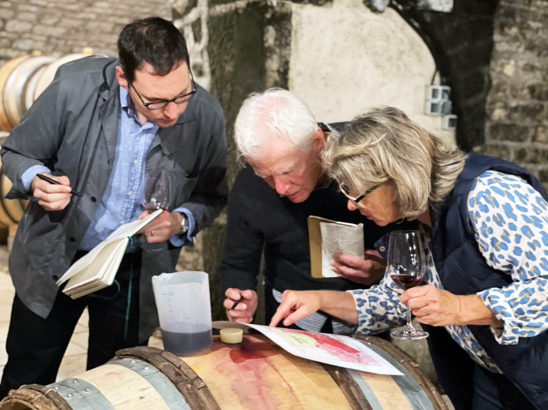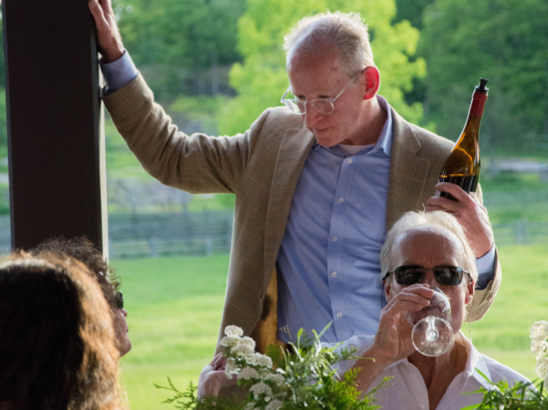Insights
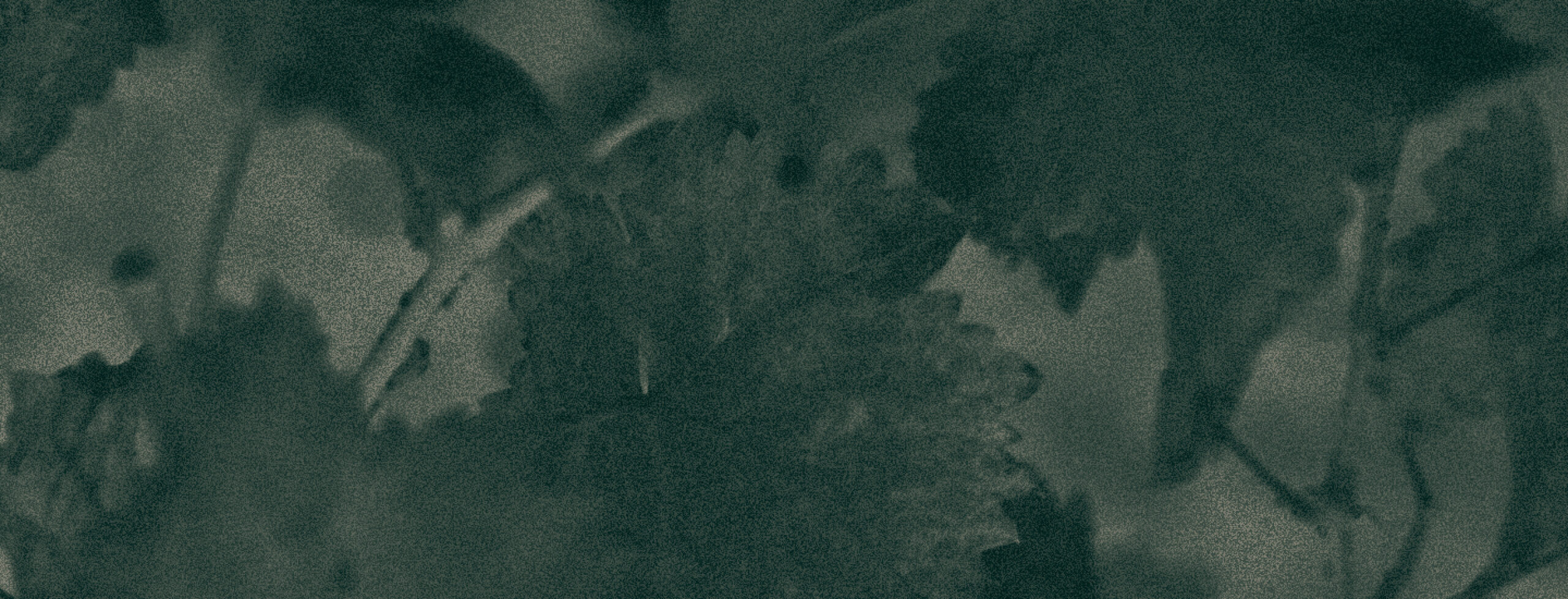
Grower Spotlights
Read more
Foreau’s Peerless Vouvray Brut: Another Side of Chenin Blanc
These regions more or less followed suit with Provence in 2022, experiencing high temperatures and borderline drought conditions, yet producing rosés of greater freshness and lift than in recent years.
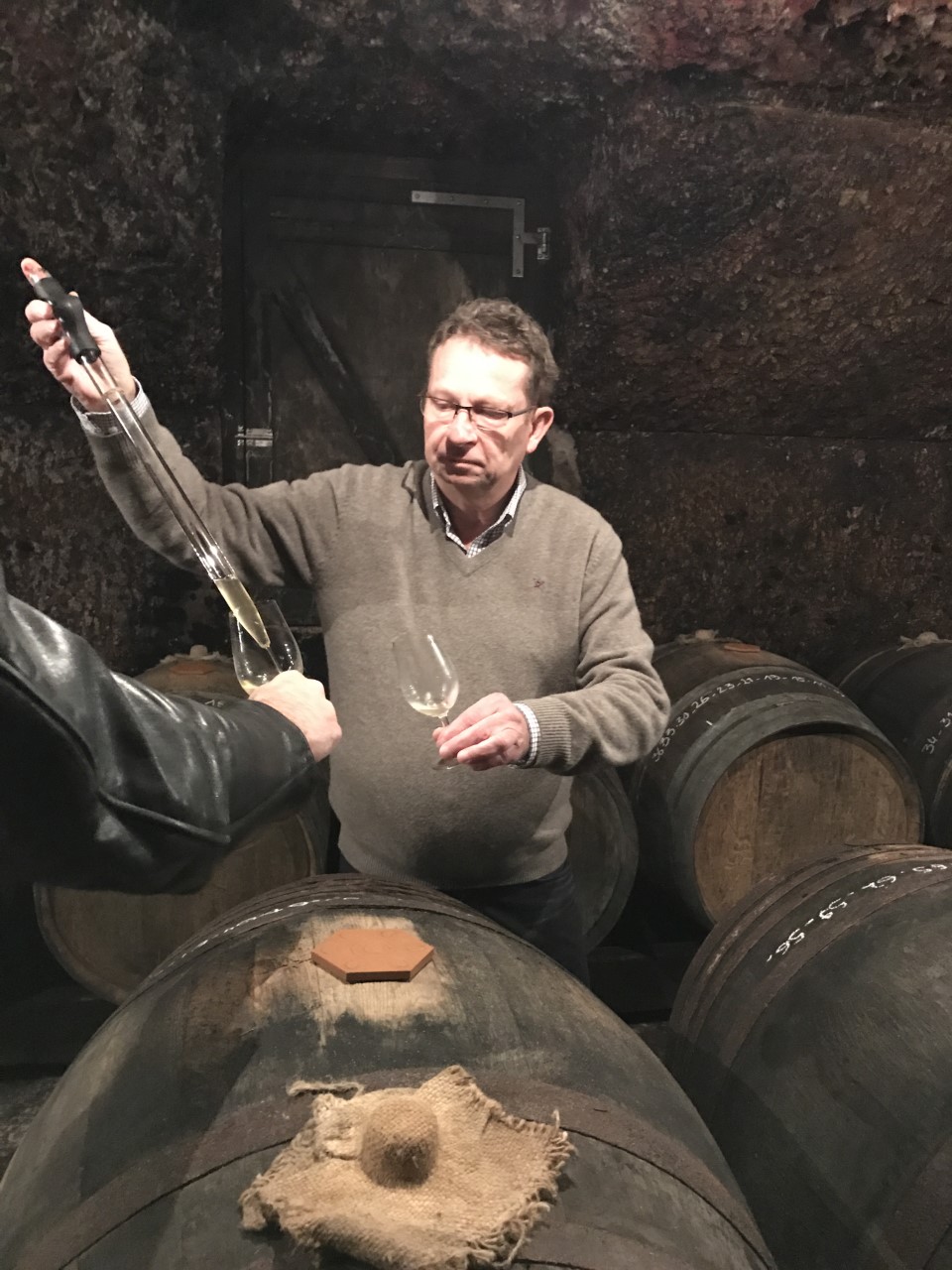
Featured
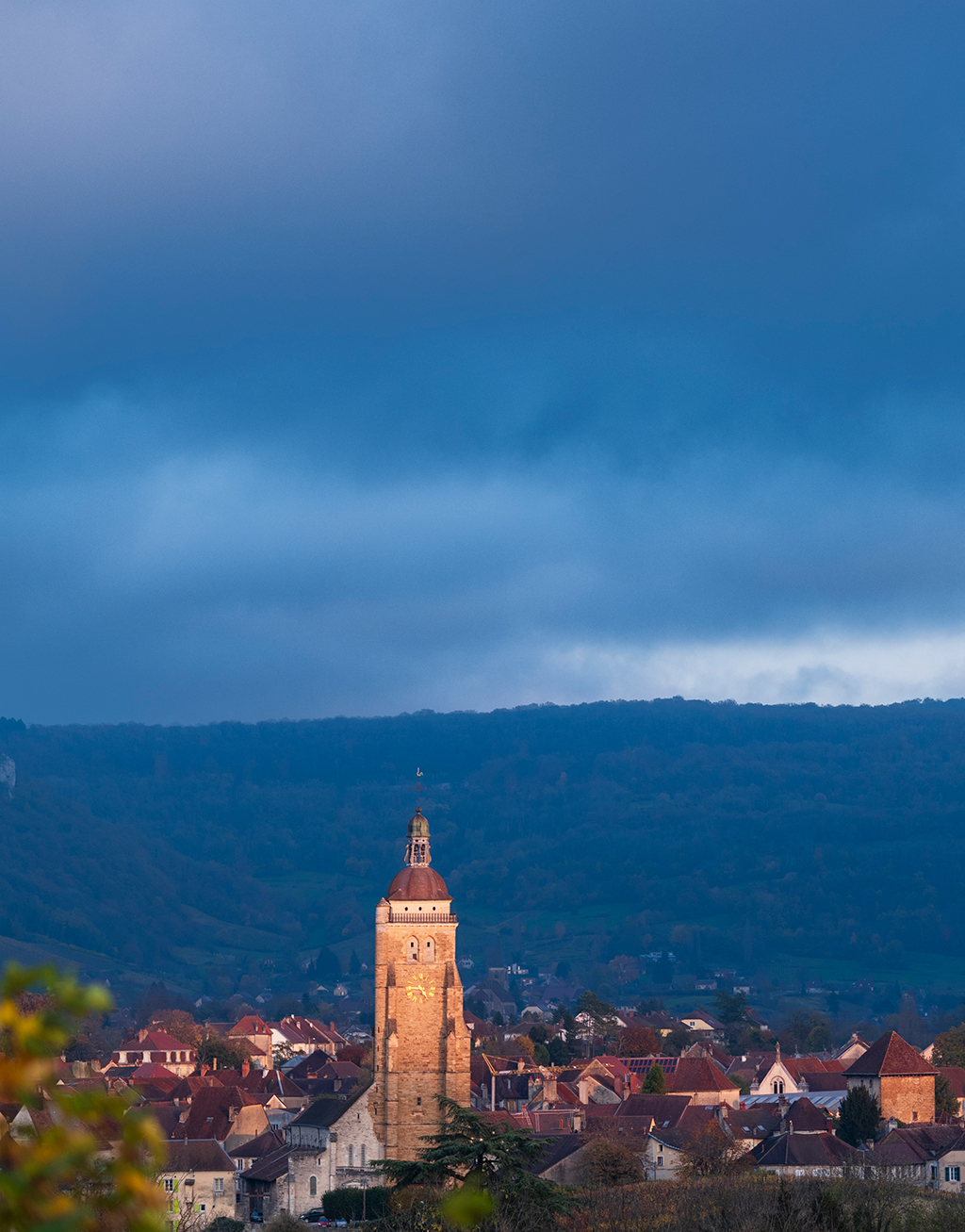
Grower Spotlights
Introducing Domaine de la Touraize
We are thrilled to introduce Domaine de la Touraize—the eighth grower in RWM’s long history with the Jura. André-Jean (“A-J”) Morin is the eighth generation of Morin to tend the vine in Arbois, beginning with his ancestor Etienne in 1704, but the family enterprise nearly didn’t survive the calamitous 20th century.
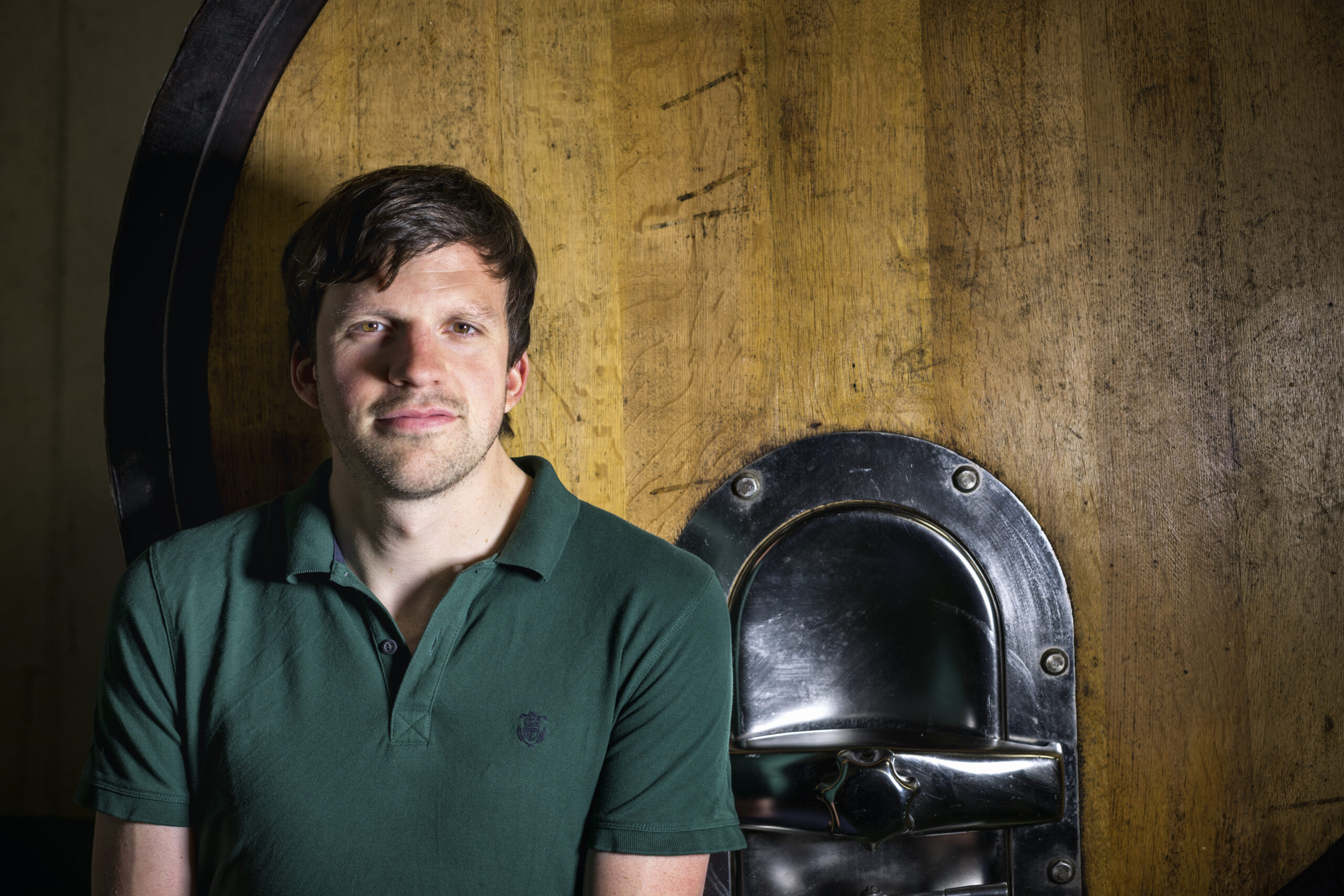
Grower Spotlights
New Releases from Josef Fischer
Our launch earlier this year of Josef “Joe” Fischer’s ebullient wines from the Danube’s southern banks met with immediate success, and we are thrilled to expand our work with this up-and-coming Wachau superstar this fall.
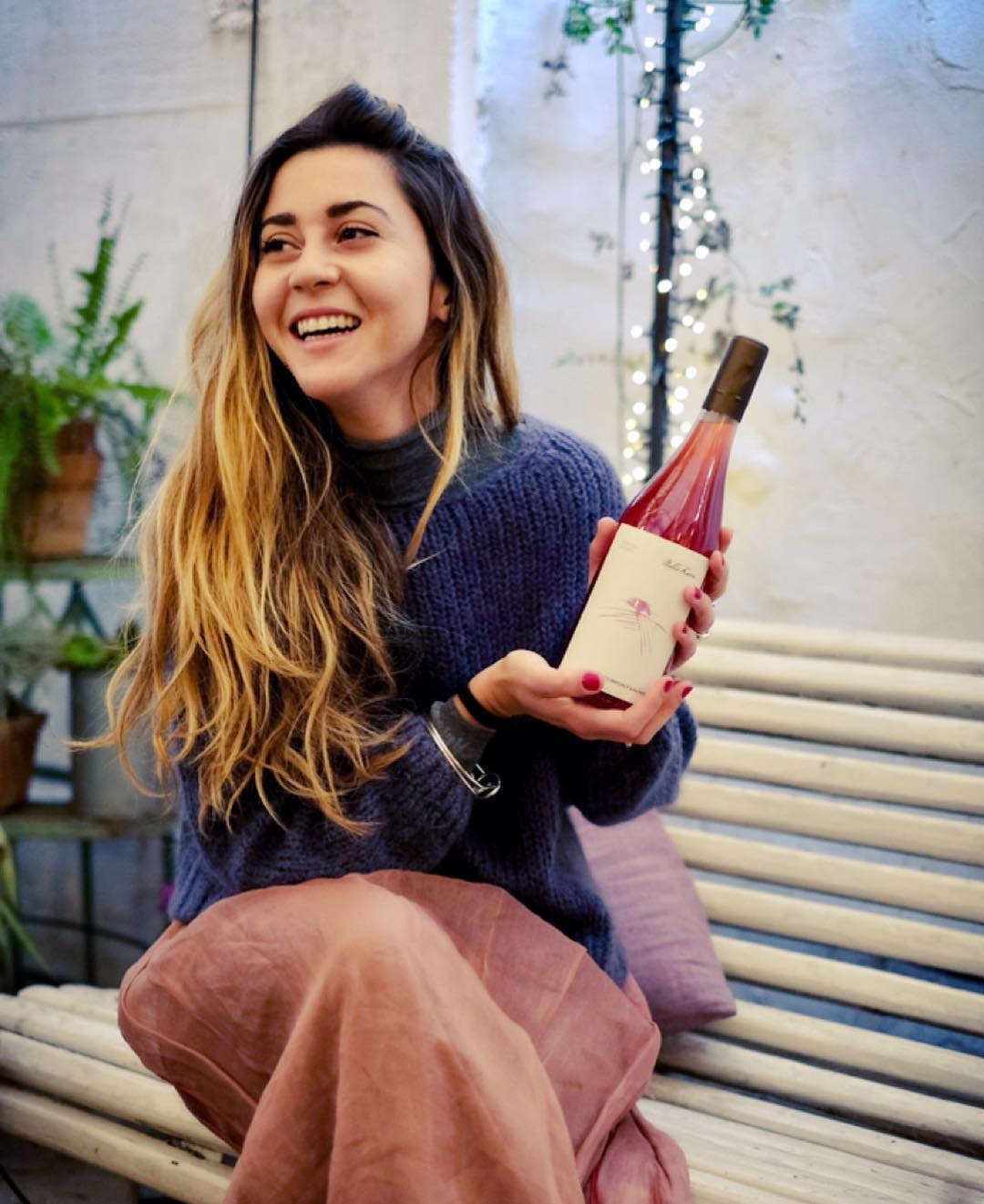
Grower Spotlights
New Releases from Ficomontanino
Within Tuscany’s relatively conservative winegrowing culture, Maria Sole Gianelli’s wines are a breath of fresh air. Maria Sole’s farm is called Ficomontanino (roughly, “Little Fig Mountain”), a property her grandfather acquired in the 1960s as a place to produce olive oil and breed horses.
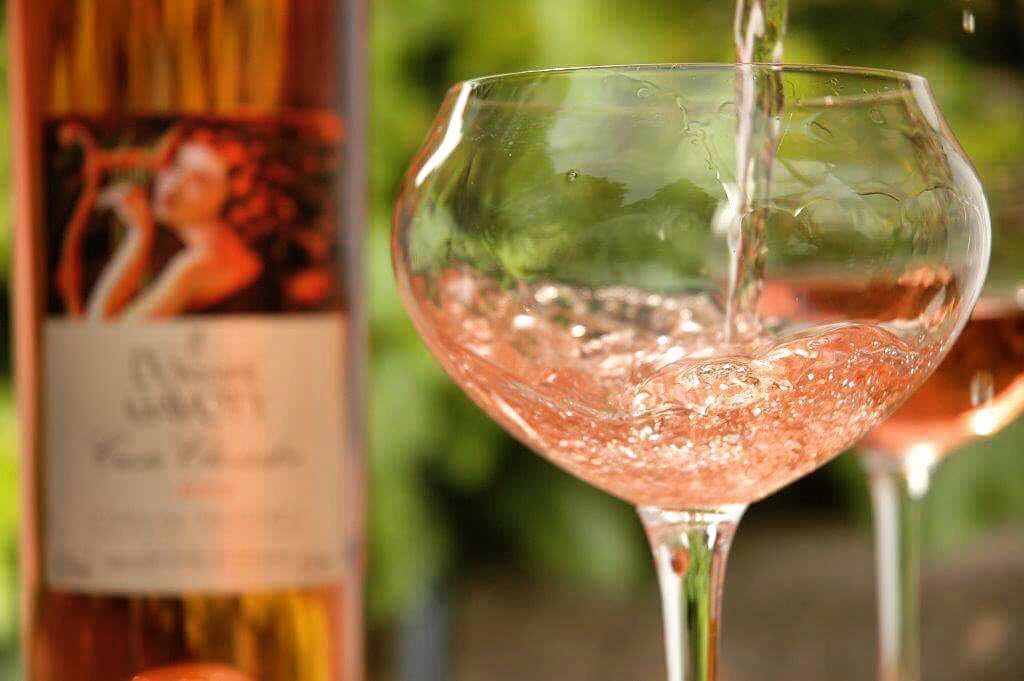
Tasting Notes
2022 Rosé Vintage Snapshot – Provence
In Bandol, Etienne Portalis of Château Pradeaux reported his earliest harvest ever in 2022 (September 7th to September 24th), yet his rosés in ’22 are higher in acidity than either 2020 or 2019. Domaine du Bagnol in Cassis reported a similarly scorching-hot and dry growing season, with only 250 milliliters of rain for all of calendar year 2022, but their rosé ended up fresher and saltier than the 2020 and the 2019.
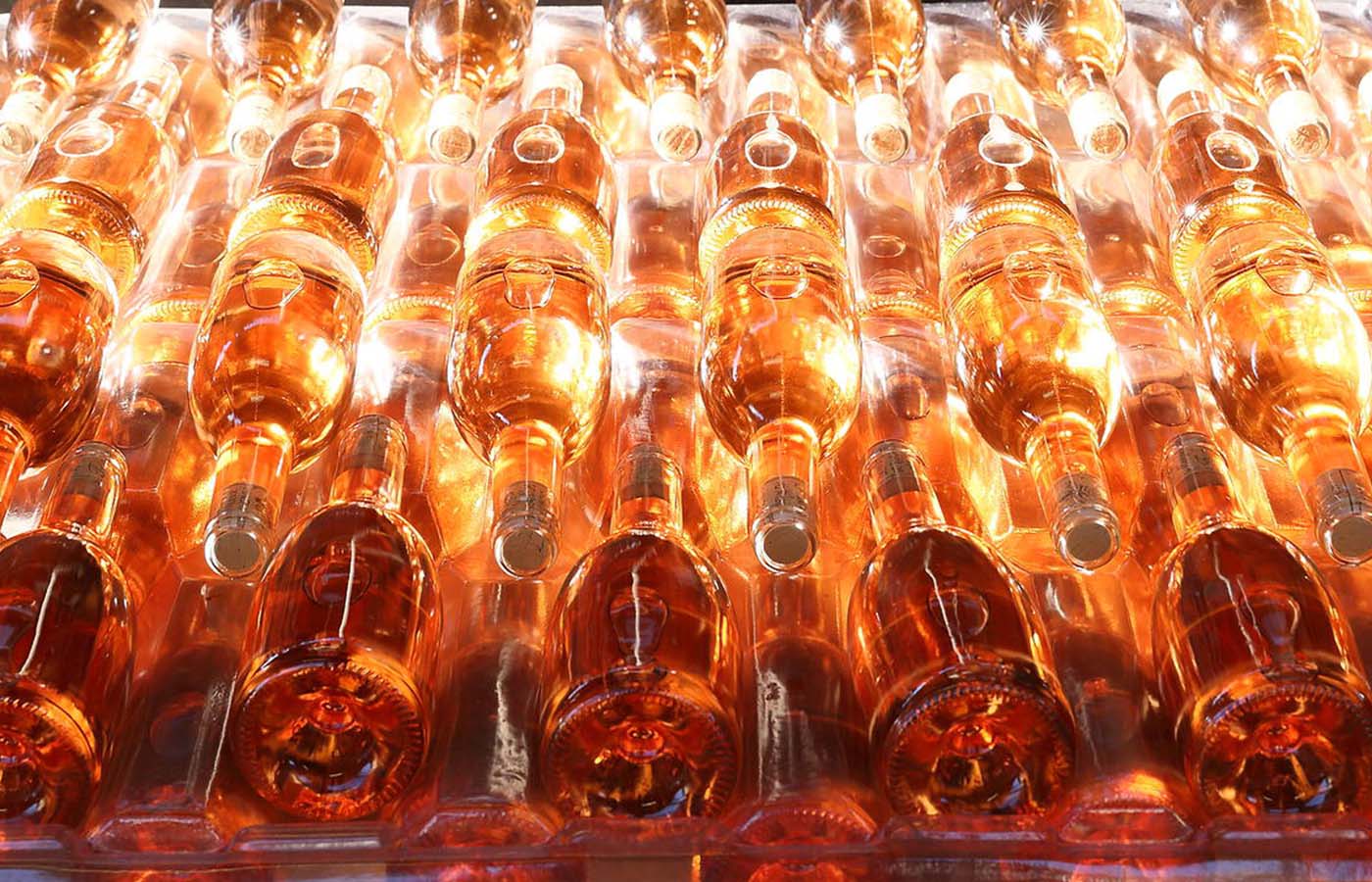
Grower Spotlights
2023 Rosé Offering
One begins to feel like a broken record describing French growing seasons in this era of climate change. Yet, while the 2022 vintage—which comprises the bulk of our offering this year—was broadly similar weather-wise to recent vintages like 2019 and 2020 (very hot and very dry, with early flowering and an early harvest), the overall character of the 2022 rosés is different: nimbler in feel, less weighty on the palate, and slightly lower in alcohol across the board.
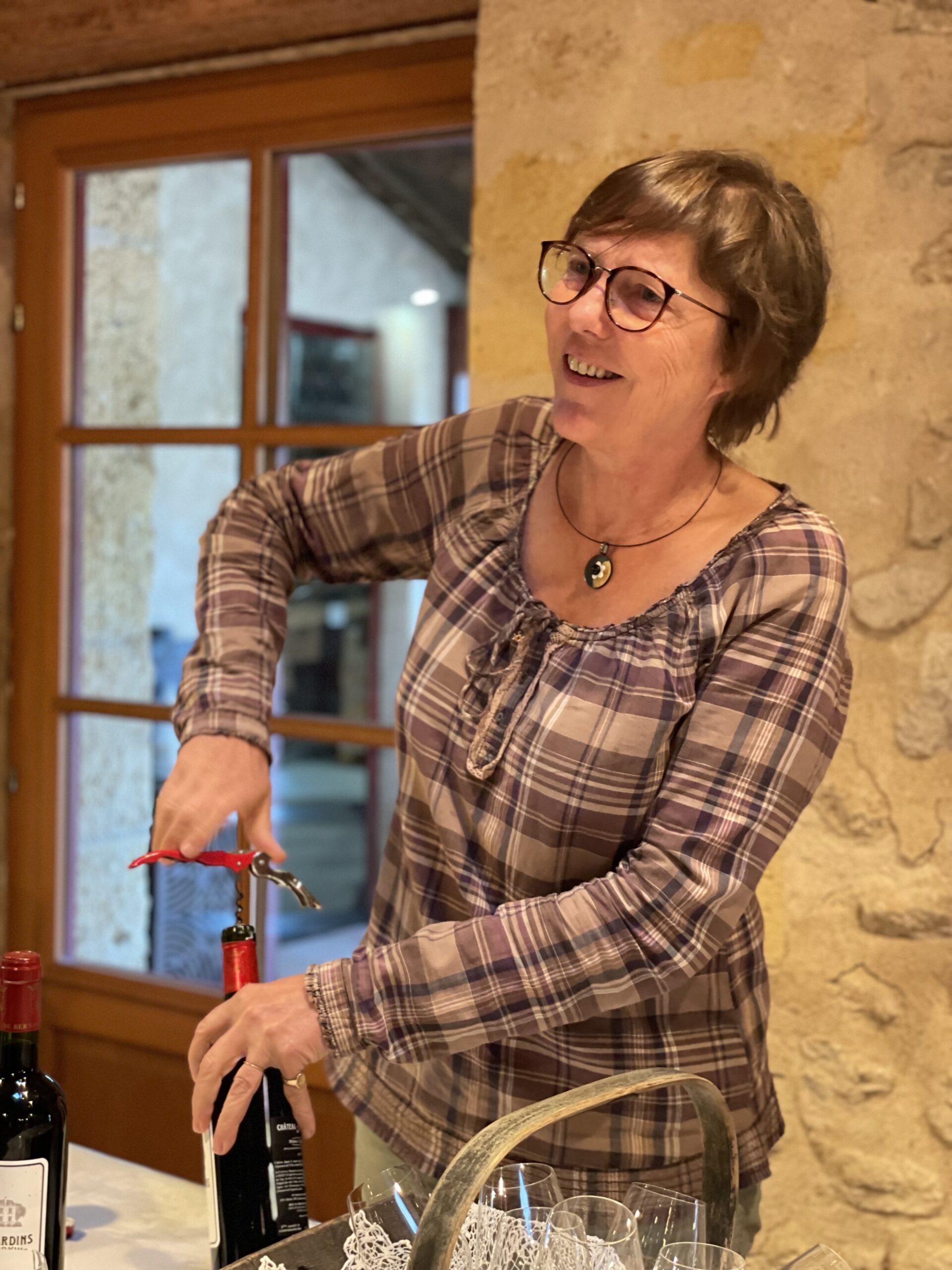
Grower Spotlights
Introducing Château Bardins and Stella Puel
Our travels led us recently to Pessac-Léognan, the tranquil and heavily forested northern sector of the larger Graves subregion, and one of the few pockets of Bordeaux where we had never before worked. The appellation, famously, is home to Château Haut-Brion, the only estate in the original 1855 classification outside of the Haut-Médoc, and its gravelly soils—less sandy than those of Graves proper—yield age-worthy wines that combine silkiness and spinal fortitude.

Tasting Notes
Le Puy’s ’21 “Marie-Cecile”
While reds comprise almost all of the Amoreau family's production, there is a tiny 1.5-hectare planting of Semillon from the 1940s at Le Puy, with 15 or so Ugni Blanc plants mixed in. From these old vines, they produce a mere handful of barrels each year of an enchanting white wine "Marie-Cecile"--named after ancestor Barthelemy's wife, who made the wine and ran the estate in the 1870s when the men were off fighting in the war.
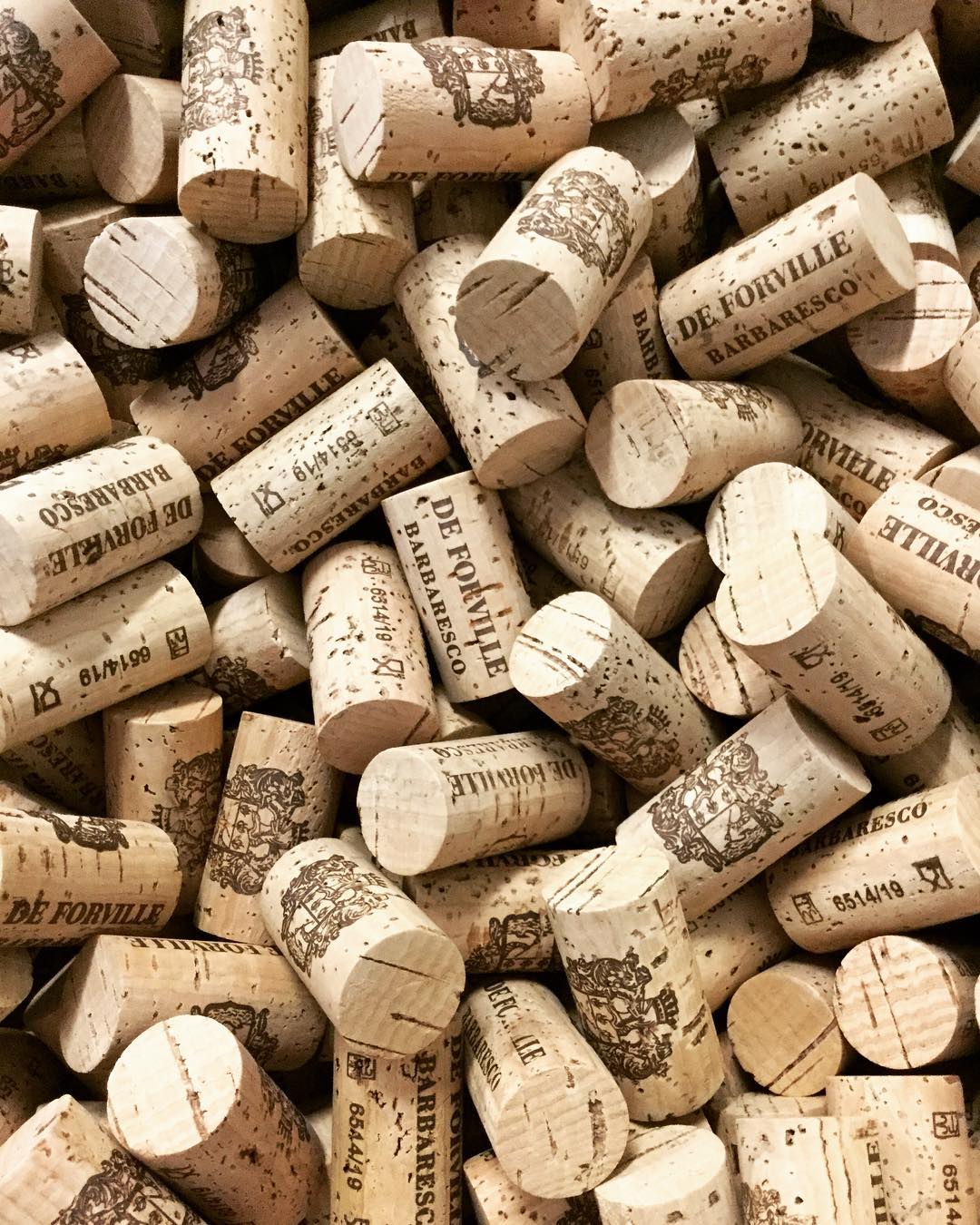
Events & Press
Neal Rosenthal in The WSJ
"Mr. Rosenthal was a pioneer in Piedmont, and many of his original producers remain in his portfolio today. He recalled the early years in the region: “There were very few people out there. And a lot of producers weren’t bottling their own wines.” It was possible to drop in unannounced. (Lunch was usually offered.) 'Now you need to make appointments,' he said."
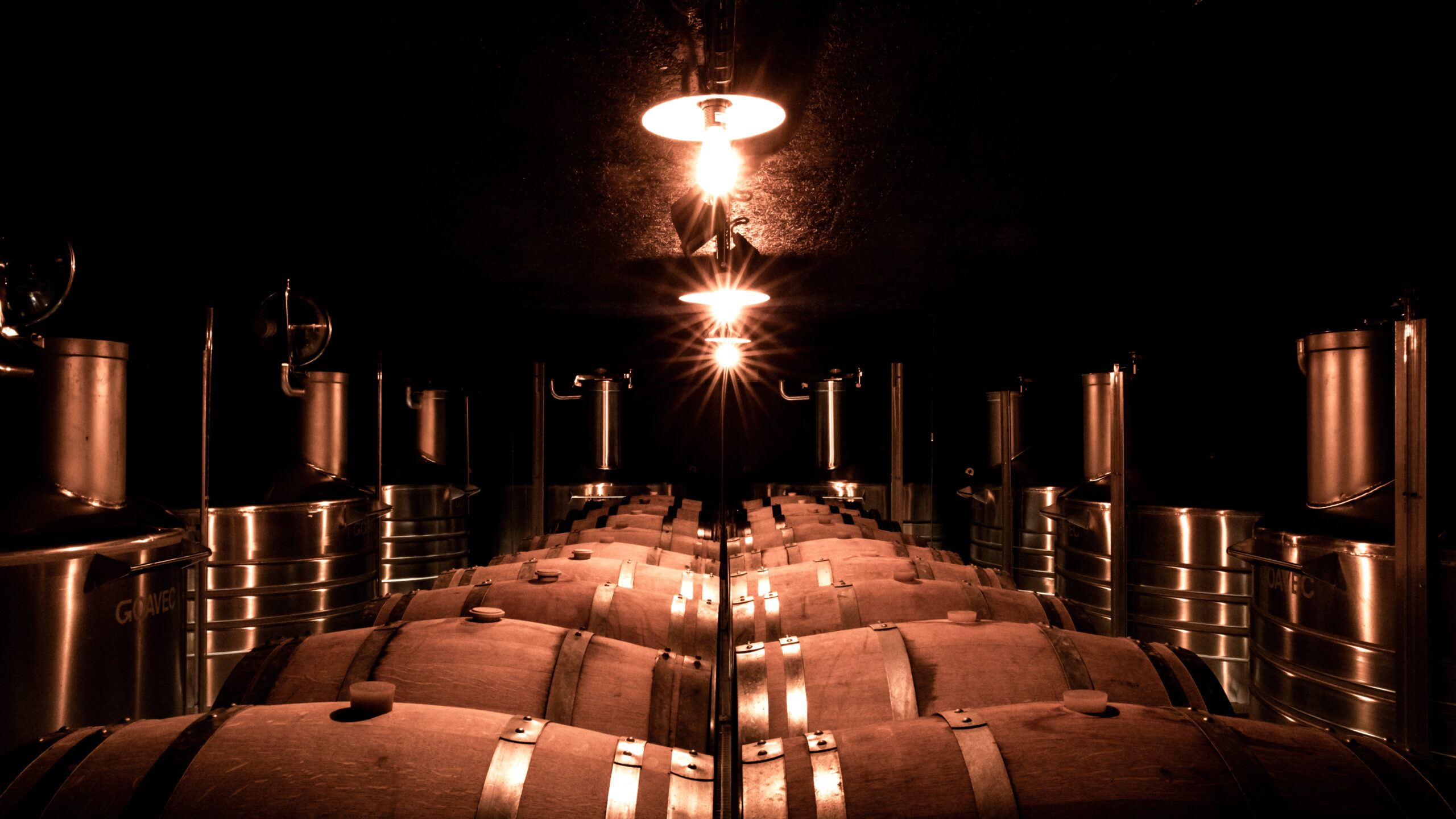
Grower Spotlights
Coulon’s Sublime Red Wines
While Champagne comprises the large majority of the 11-hectare Coulon estate's output, Edgar produces a few barrels each vintage of two absolutely spectacular Coteaux Champenois: one pure Pinot Noir, and one pure Pinot Meunier—the specialty of Coulon's home village of Vrigny.
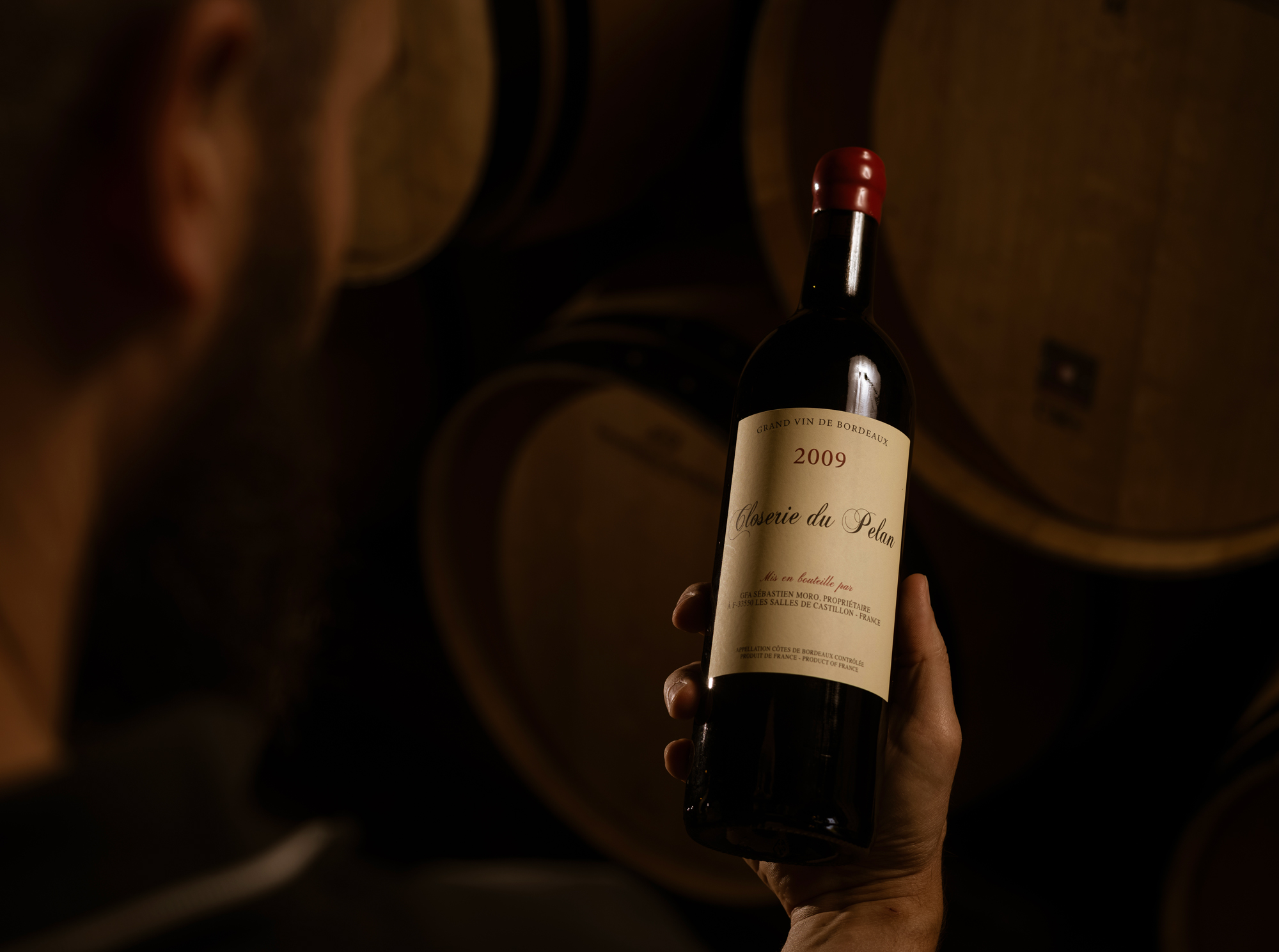
Grower Spotlights
A Treasure Trove: Closerie du Pelan
During our most recent visit with the team at Le Puy, we excitedly tasted through a near-unbroken vertical of Pelan vintages, from 2015 back to 1999, and the magnitude of this unexpected bounty revealed itself to us more and more with each passing bottle. While Pelan presents a bit more broad-shouldered—Moro employed traditional punch-downs, in contrast to Le Puy’s distinctive “infusion” method—a deep kinship is evident between Pelan and Le Puy’s flagship “Emilien” bottling.
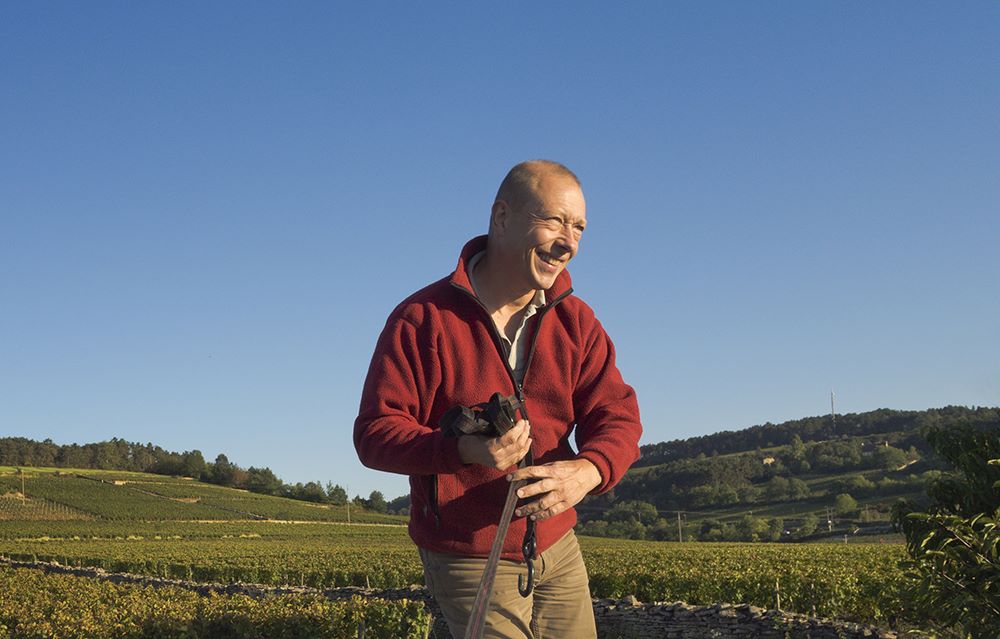
Grower Spotlights
Introducing Grégoire Bichot’s Domaine des Clos
Gregoire is a dyed-in-the-wool Burgundian vigneron who broke off from his family (owners of the large Albert Bichot negociant house) in the early 2000s and founded this domaine which is situated on the outskirts of Nuits-Saint-Georges.
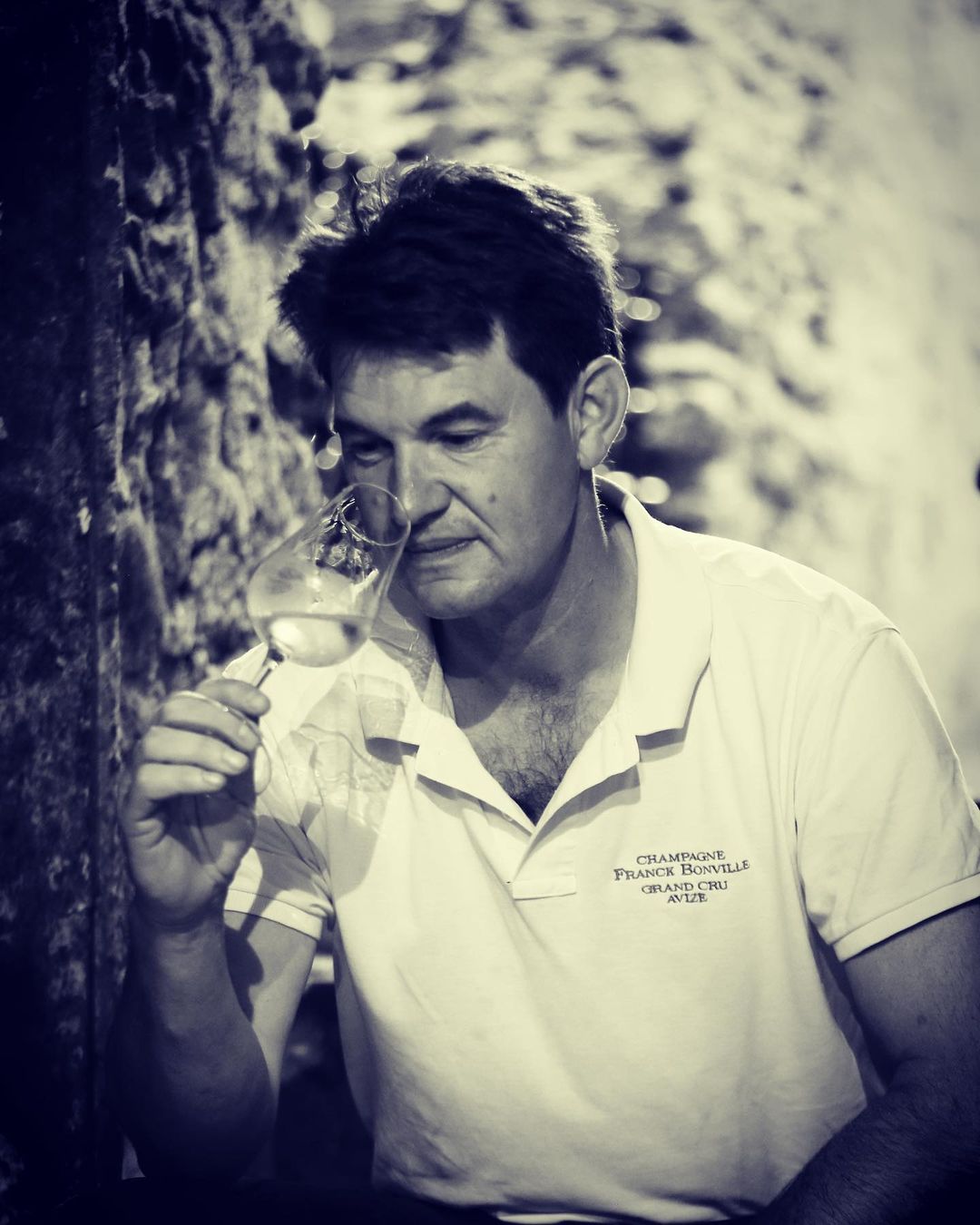
Grower Spotlights
The Vibrant Classicism of Champagne Franck Bonville
While they have long produced Champagnes of great character and typicity—as evidenced by an impressive lineup of older bottles we drank at our first visit—Bonville’s improvements in farming, along with their increasing emphasis on single-cru, single-vintage bottlings and a more nuanced approach to dosage (determined by blind trials), have elevated quality here to new heights.
